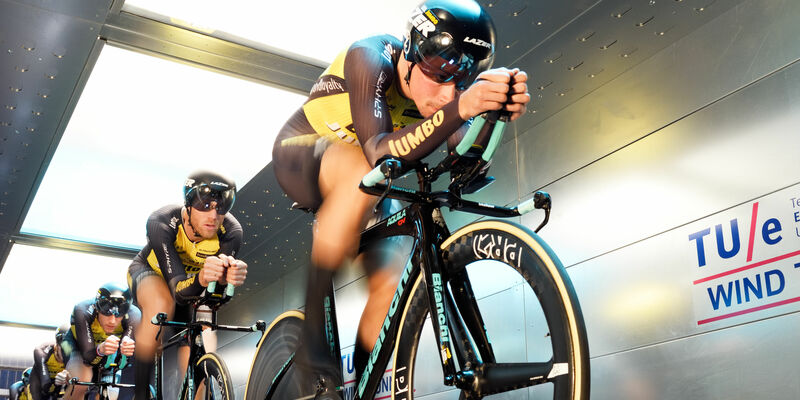
- Research
- 30/11/2017
Lotto-Jumbo cyclists get a taste of the wind tunnel
With the official opening planned for December 14, the new wind tunnel belonging to the Department of the Built Environment had its first users this week. Members of the Dutch professional cycling team Lotto-Jumbo took up their racing positions in the tunnel in the Ventur building on the TU/e campus in order to find out which formation gives them the least air resistance during the team time trial. Their visit even made the national TV news.
Under the watchful eye of the Dutch broadcaster NOS, six Lotto-Jumbo riders were put through their paces in aerodynamic tests in the new wind tunnel on Monday November 27. The wind-force on each cyclist was measured at an air speed of some sixty kilometers per hour – the team's cruising speed in the time trail. By using smoke, it was possible to reveal how the details of the cyclist's posture are critical to the air flow, and thus to resistance. Valuable information for coach Mathieu Heijboer.
Both the distance between the cyclists and their positions in the formation affect performance, Professor of Building Physics Bert Blocken explained to NOS: “As soon as you change even one thing, you change the resistance of every cyclist in the pack. That effect is significant, both downstream and upstream. It can make that vital difference.”
Atmospheric boundary layer
The atmospheric boundary layer tunnel, as it is known, is Blocken's brainchild, and it forms a valuable addition to the existing aeronautical wind tunnel in the Cascade building. The tunnel simulates the air flow near the earth's surface, and can be used to measure the effect of wind on relatively large-scale models of (almost) stationary objects, such as buildings, ships, and drilling platforms.
Measuring no less than 27 meters in length, and with a cross section of nearly three by two meters, the test section of the tunnel is also ideal for measuring, for example, models of rows of wind turbines or, indeed, a train of actual cyclists.
Blocken, himself a great cycling enthusiast, has a long-standing involvement in the aerodynamics of cycling. His track record includes proving that cyclists benefit from having a rider in their slipstream, that support vehicles can have a critical effect during time trials, and that the most spectacular descent postures, such as the one assumed by elite cyclist Chris Froome, are not necessarily the most aerodynamic.
The official opening of the new wind tunnel will take place on Thursday December 14 at 16.00 hours. It will be preceded in the morning by a symposium on ‘Good and bad practices in wind tunnel testing’. For the early afternoon a visit is planned to the ‘Wind in the City’ exhibition in Vertigo, and after the opening ceremony a drinks party will be held in Ventur. Attendance is free for students and TU/e employees. You can register via this link.
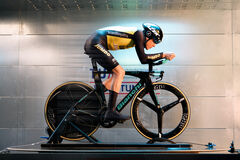
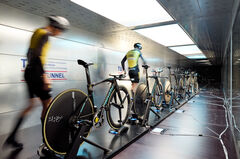
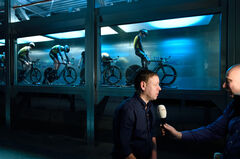
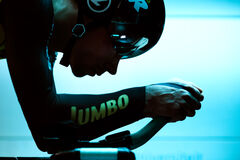
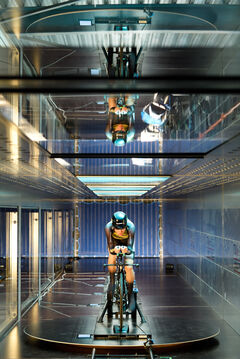
Discussion